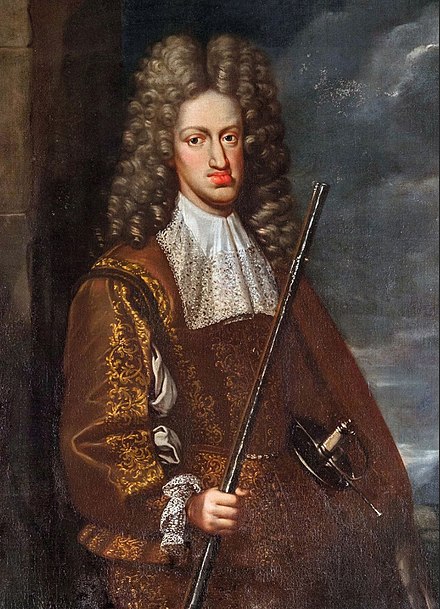1686, Austrian Netherlands, Charles II. "The Capture of Buda" Medal. NGC AU-53 BN!
Mint Year: 1686
Reference: Dugn. 4528.
Condition: Certified and graded by NGC as AU-53!
Denomination: Medal / Jeton - The Capture of Buda by the Austrians and the Holy League during 1686.
Material: Copper
Diameter: 28mm
Weight: ca. 9gm
Obverse: A long stripe in the middle between radiant sun above and crescent moon below.
Legend. PONTE SVB HOC SOLI SVBIICIT ABDITA LVNA 16 . 86
Reverse: Crowned striped shield of the House of Habsburg within Toison d'or Order.
Legend: CAROLO . II . D . G . REGE . ARMIS . AVSTRIACIS . TVRCA . SVBACTIVS

Authenticity unconditionally guaranteed. Bid with confidence!
 Charles II of Spain (Spanish: Carlos II, 6 November 1661 – 1 November 1700), known as the Bewitched (Spanish: El Hechizado), was the last Habsburg ruler of the Spanish Empire. Best remembered for his physical disabilities and the War of the Spanish Succession that followed his death, Charles's reign has traditionally been viewed as one of managed decline. However, many of the issues Spain faced in this period were inherited from his predecessors and some recent historians have suggested a more balanced perspective.
Charles II of Spain (Spanish: Carlos II, 6 November 1661 – 1 November 1700), known as the Bewitched (Spanish: El Hechizado), was the last Habsburg ruler of the Spanish Empire. Best remembered for his physical disabilities and the War of the Spanish Succession that followed his death, Charles's reign has traditionally been viewed as one of managed decline. However, many of the issues Spain faced in this period were inherited from his predecessors and some recent historians have suggested a more balanced perspective.
For reasons that are still debated, Charles experienced extended periods of ill health throughout his life and from the moment he became king at the age of three in 1665, the succession was a prominent consideration in European politics. Historian John Langdon-Davies summarised his life as follows: "Of no man is it more true to say that in his beginning was his end; from the day of his birth, they were waiting for his death". Despite this, his successors inherited an Empire that remained largely intact, while under his administration Spain played a prominent role in opposing the expansionist policies of Louis XIV of France.
Although Charles married twice, neither union produced children, and on his death in November 1700, he was succeeded by the 16-year-old Philip of Anjou, grandson of his elder half-sister Maria Theresa of Spain and Louis XIV. However, the question of who inherited the crown was less important than the division of his territories, and failure to resolve the issue through diplomacy led to war in 1701.
Only 1$ shipping for each additional item purchased!